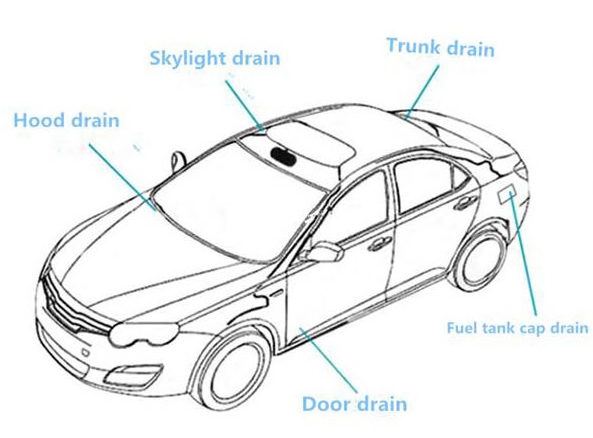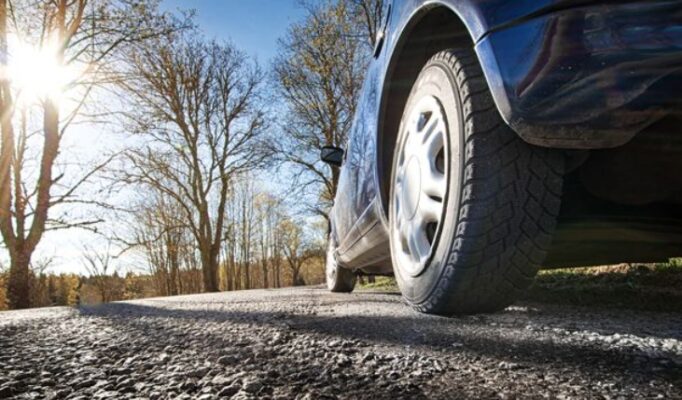Predicting and taking action against the stress that cars undergo during winter is more advisable than dealing with the consequences later, which could lead to wasting time, money, and energy.
Prior to the arrival of warmer weather, it is advisable to consider examining your vehicle to prevent issues that are common during the spring season. One essential step is to ensure that the car’s drainage system is clean. Neglecting this task can lead to the quick accumulation of moisture in the car’s concealed cavities, resulting in rust formation and the possibility of affecting the electrical wiring.
Moreover, due to the abundance of moisture, the fuel pump may also be damaged, resulting in poor fuel pumping and a potential loss of engine power or stalling while driving. Therefore, it is advisable to check the electrical system before it begins to malfunction.
It’s important to check the engine to avoid potential issues caused by the accumulation of dirt and road reagents in the air intake during the winter. These substances can clog the air filter, reducing its throughput and causing the engine to malfunction. As a result, the engine may start to “sneeze” and “choke,” leading to a loss of power.
Incidentally, the widely used road chemicals also cause irreparable damage to the car’s exhaust system. During the spring, sudden temperature changes intensify the oxidation process, leading to the rapid rusting of the exhaust receiver and the muffler’s canister. The situation is even worse for welded joints, which are susceptible to corrosion and may even burn out. The muffler can come off as a result of this, and you may have even seen components of the exhaust system lying on the roadside.

Drainage holes can be found in the following locations:
Sunroofs typically have hidden openings located at the corners that are used for drainage. However, many motorists are not aware of this and may not realize that the drainage system on their roof is clogged with dirt and leaves.
- The doors and thresholds of a car are another area where water can accumulate. Often, holes are located at the bottom, under the sealing gum. These holes need to be pushed aside and cleaned to allow the liquid to flow out. After this, the channels should be purged to ensure proper drainage.
- One important area to check for clogging is the fuel tank, particularly the hole located under the tank cap. The drain channel is responsible for preventing water from entering the fuel. When the drain hole becomes clogged near the neck, water accumulates and eventually seeps into the tank. To clear the clog, a pneumatic gun can be used or the channel can be cleaned with a wire.
- The drain hole at the bottom of the luggage compartment is typically located under the floor near the spare wheel and usually has two channels. To access them, all items must be removed from the trunk. If excess moisture accumulates, it can cause the floor to deteriorate rapidly.
- The drainage system in the engine compartment is situated at the back of the engine and is concealed by a ventilation grille. It is recommended to have a professional handle the cleaning process in this area.
Cars with air conditioning or climate control have openings for draining condensate from the working evaporator. The liquid is drained out from under the bottom of the car. Accessing the drain pipe of the evaporator is difficult and requires removing the upholstery and center console, so it is recommended to seek assistance from a professional car service.






